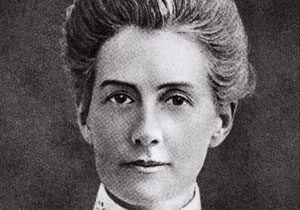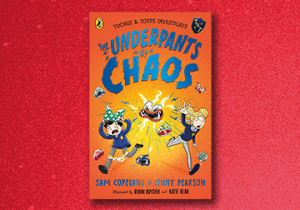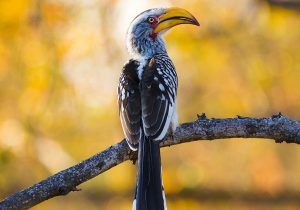
Deep ocean ecosystem primary resource
Find out more about the deepest part of the ocean
This primary resource introduces children to an environment very different from their own — the deep ocean ecosystem of the Mariana Trench, in the Pacific Ocean. Discover more about this little known environment — the deepest part of the ocean — using a fun, comic book style resource. What kinds of creatures live in the deepest part of the ocean? How was the Mariana Trench created? How have humans managed to explore this environment?
Pupils will learn about the exploration of the Mariana Trench and what can be found there in our National Geographic Kids’ Geography primary resource sheet.
The teaching resource can be used in study group tasks for considering the diverse environments that support life; as a printed handout for each pupil to read individually, or for display on the interactive whiteboard for class discussion.
Activity: As a class, ask children to discuss what living organisms need to survive? (i.e. energy, sunlight, food, etc.). How do they get these things? Challenge children to think about whether these necessities are available in the deepest part of the ocean. Think about the ways that the creatures living in the Mariana Trench may have adapted to life 11km under the sea. Children could use their own research to find out more about the sea creatures that have been discovered there, or in other deep ocean environments, and make factfile sheets about them.
N.B. The following information for mapping the resource documents to the school curriculum is specifically tailored to the English National Curriculum and Scottish Curriculum for Excellence. We are currently working to bring specifically tailored curriculum resource links for our other territories; including South Africa, Australia and New Zealand. If you have any queries about our upcoming curriculum resource links, please email: schools@ngkids.co.uk
This Geography primary resource assists with teaching the following Geography objectives from the National Curriculum:
- The national curriculum for geography aims to ensure that all pupils: develop contextual knowledge of the location of globally significant places – both terrestrial and marine – including their defining physical and human characteristics and how these provide a geographical context for understanding the actions of processes.
National Curriculum Key Stage 1 Geography objective:
Pupils should be taught to:
- name and locate the world’s seven continents and five oceans
- use basic geographical vocabulary to refer to: key physical features, including: beach, cliff, coast, forest, hill, mountain, sea, ocean, river, soil, valley, vegetation, season and weather
- use world maps, atlases and globes to identify the United Kingdom and its countries, as well as the countries, continents and oceans studied at this key stage
National Curriculum Key Stage 2 Geography objective:
Pupils should be taught to:
- describe and understand key aspects of: physical geography, including: climate zones, biomes and vegetation belts, rivers, mountains, volcanoes and earthquakes, and the water cycle
This Deep ocean primary resource assists with teaching the following Key Stage 1 (Year 2) Science objectives from the National Curriculum:
- identify that most living things live in habitats to which they are suited and describe how different habitats provide for the basic needs of different kinds of animals and plants, and how they depend on each other
This Geography primary resource assists with teaching the following Social Studies Third level objective from the Scottish Curriculum for Excellence:
- I can investigate the climate, physical features and living things of a natural environment different from my own and explain their interrelationship.
Download primary resource
More Like

The life of Edith Cavell

Agatha Oddly: The Secret Key

THE UNDERPANTS OF CHAOS









LEAVE A COMMENT
THANK YOU
Your comment will be checked and approved shortly.
WELL DONE,
YOUR COMMENT
HAS BEEN ADDED!
COMMENTS
CUSTOMIZE YOUR AVATAR